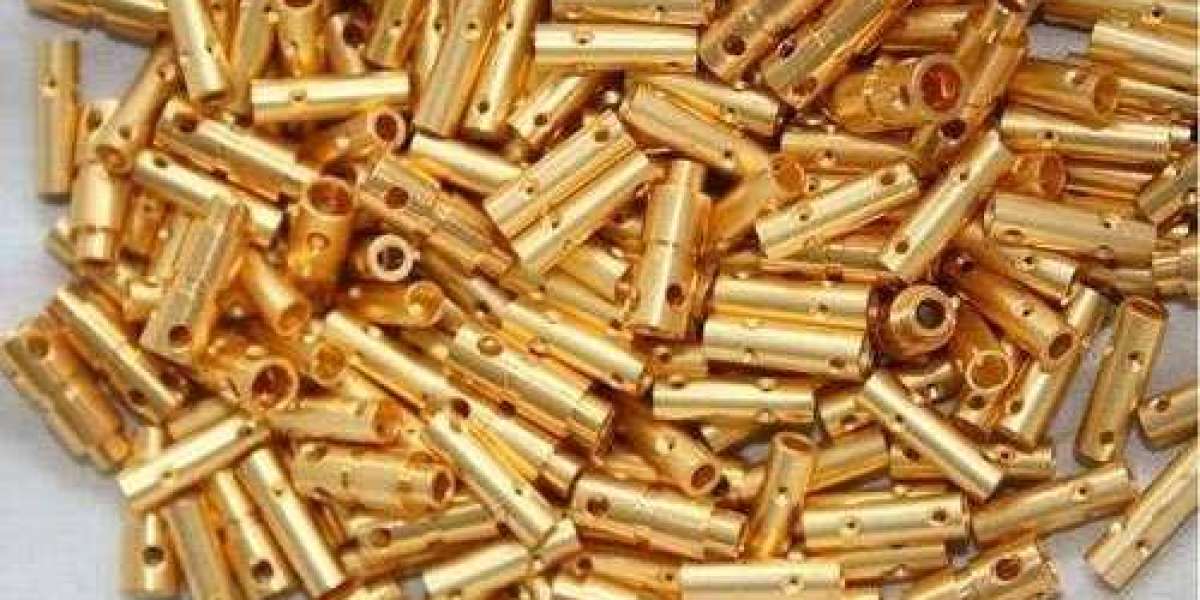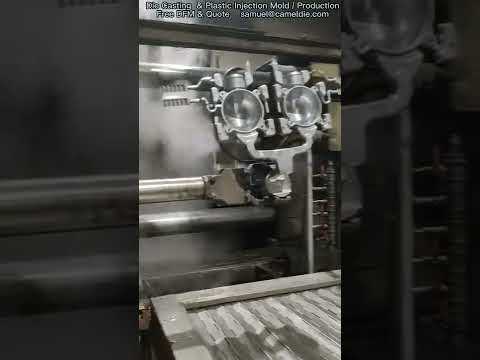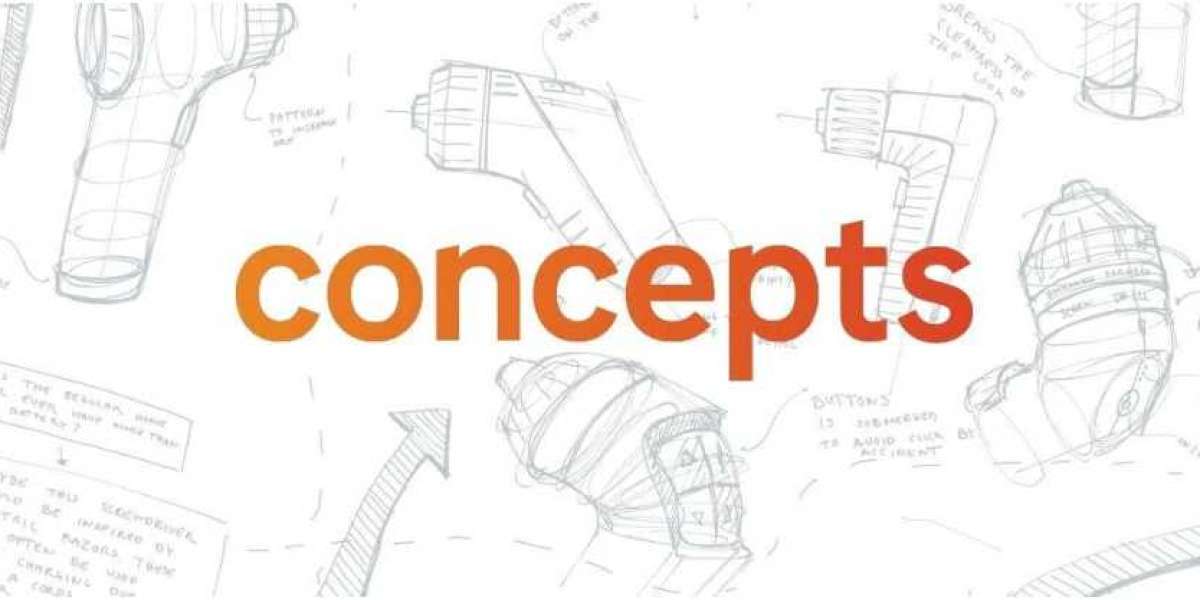In the industry of die-casting, aluminum alloy has excellent thermal conductivity, good vibration damping performance, good electromagnetic shielding performance, and good accuracy and robustness. Aluminum alloy die-casting also has good electromagnetic shielding performance.
Die-casting products made from aluminum have excellent thermal conductivity and conductivity, which means they have the potential to play a significant role in the electronic industry.
Additionally, alloy die-casting has excellent shrinkage, which results in good filling performance for die-casting products.
This product has a low density, high resistance, exceptional strength, user-friendliness, and a long life span in service. The most important thing is that it has good adaptability, for example, it can work and operate normally, such as in an acid-base environment and gasoline.
Die casting the following materials are examples of high-quality aluminum alloy die-casting materials:
The aluminum ingots used in aluminum die casting has a high level of purity and a low level of impurity.
As was stated earlier, in order to die cast a high-quality aluminum alloy, the material must possess high purity, a low melting point, and a small amount of aluminum slag, and it must also contain two different elements.
Basic requirements for die cast aluminum alloy
The company's output primarily consists of auto parts, electronics, sports equipment, imaging equipment, fishing gear, lighting, and manufacturers that specialize in magnesium and aluminum die castings. It has been implemented into a number of different electric tools.
Die-casting an aluminum alloy results in a cross-sectional thickness that is variable depending on the level of stress as well as the alloy material itself. Die-casting alloy has a number of benefits, one of which is its high strength.
Which type of aluminum die casting is best for you?
It is important to take into account the use function, the process function, the use scenario, the production conditions, the economy, and other factors.
There are essentially several options available when die-casting aluminum alloy, and they are as follows:
1. It has a high level of processing capability and is always resistant to corrosion.
2. The temperature range for the crystal is restricted to reduce the likelihood of sinking and sagging and to enhance the quality of castings.
3. High temperature strength must always be present when castings are extruded in order to prevent deformation and chips from occurring.
4. High strength at room temperature, which allows it to meet the production requirements of large and thin composite castings.
5. The likelihood of linear shrinkage and cracking is low, which means that cracks in the casting can be avoided and, as a result, the casting's dimensional accuracy can potentially be improved.
6. The physical and chemical interaction between metal cavities tends to be small, which reduces the adhesion and alloying that occurs between the metals.
7. When the heat temperature is not very high, it has good fluidity and can fill complex cavities, which makes it convenient to obtain good casting surface quality.
How to improve the quality of die castings made from aluminum alloys
A die casting made of aluminum alloy of high quality will have many imperfections.
On a qualified aluminum alloy die casting, for instance, defects such as common slag inclusion, shrinkage cavity, cold hardening layer, and other flaws should not be present.
1. Similar and additional flaws
Despite polishing and coating, the appearance is not bright and clean. The reason for this is that the temperature of the inner gate, which is the final part of the process of solidification, is relatively high. As a consequence of this, there is not enough time for the aluminum liquid to feed, which in turn causes shrinkage defects.
2. Die castings made of aluminum alloy are oily in appearance
This will allow for the mold to be removed from the machine without any hiccups. However, if the lubricating oil does not function properly after the aluminum liquid has been crushed, it becomes encased in the aluminum liquid, which results in the formation of impurities. These impurities are then shot together, where they eventually solidify and remain at the end of the product, resulting in defects.
3. The layer of chill
The shell that is formed as a result of the rapid condensation of the aluminum liquid that is injected into the barrel and the low-temperature surface of the barrel is referred to as the cold hardening layer. Aluminum alloy die casting is filled into the cavity with the aluminum liquid when it is being filled at a high speed, and the cold hardening layer slowly accumulates at the end of the aluminum liquid as the process continues.
The cold hardening layer is mostly thin, with a glossy and hard surface, and there are many gaps with the surrounding base metal. This not only has an effect on the appearance of the parts, but it also decreases the strength of the components.









